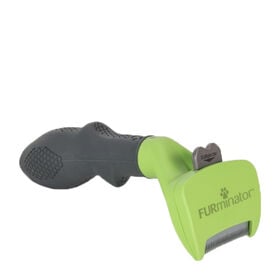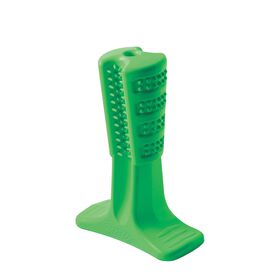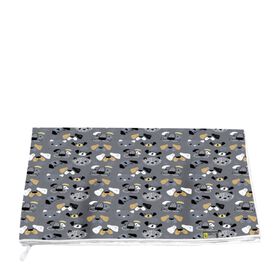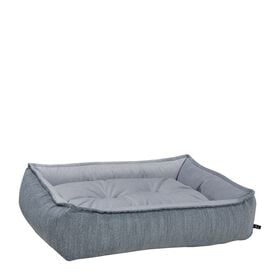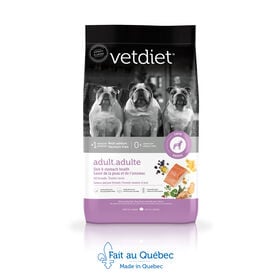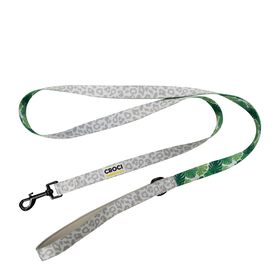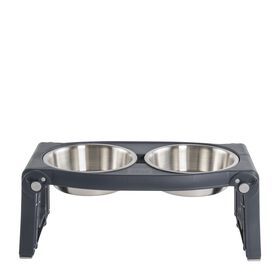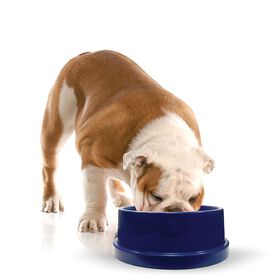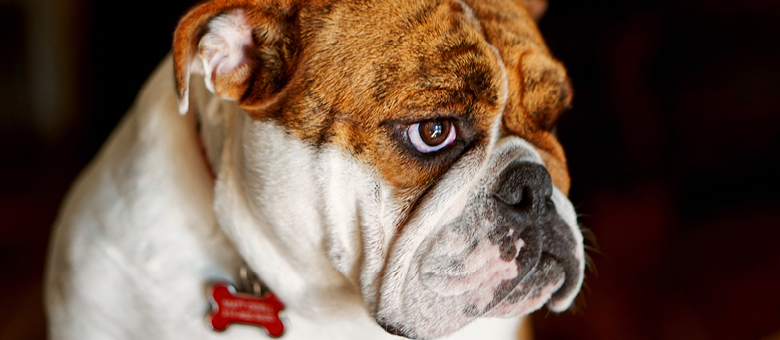
The bulldog: a gentle and affectionate dog
Published November 8, 2019.

Jean-Christophe Boulinguez
Canadian Kennel Club Conformation Judge
The bulldog is known to be an excellent family pet since it is affectionate, loyal, easy to raise and has a gentle nature. The breed has been around for a long time, and has undergone major changes over time. In fact, the bulldog that we know today is vastly different from its ancestors.
Descended from the mastiff, an ancestor of such breeds as the French bulldog, the English bulldog originated in the British Isles. The breed was facing extinction when blood sports became illegal in Europe in the 1800s.
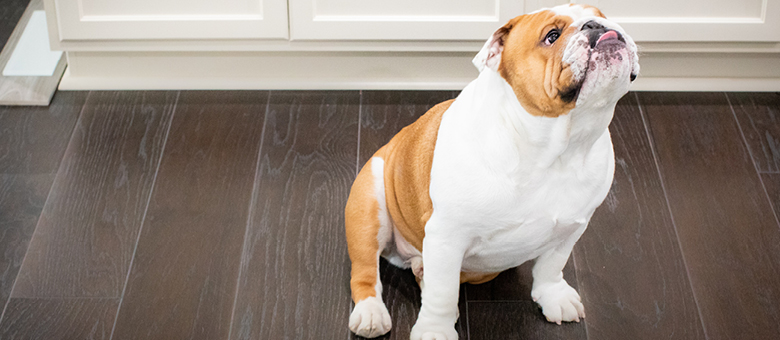
Origins
Historical evidence suggests that bulldogs were created in 13th century England, during the reign of King John, for the “sport” of bullbaiting, in which a bull fought a pack of dogs while spectators bet on the outcome. The dogs used in this grisly pastime—the ancestors of today’s bulldog—were ferocious beasts with huge jaws, incredibly brave and seemingly insensitive to pain. Fortunately, the sport was banned in England in 1835, a turning point in bulldog history.
When blood sports became illegal, the clandestine dog fighting (or pit-fighting arenas) were driven underground into basements and cellars. This illicit activity required quicker, more animated dogs than the early-19th-century bulldog. Dog owners began crossing various terriers with bulldogs, creating prototypes of the bull terrier, Staffordshire bull terrier and other bull-type terrier breeds still popular today and commonly known as pitbulls.
With bull baiting now obsolete, the bulldog was facing extinction. In response, bulldog fans began the long process of transforming the breed from fighter to pet. They refined the physical contours to make the dog more attractive. They worked on the bulldog’s temperament, making it a gentle and affectionate pet that is especially fond of children.
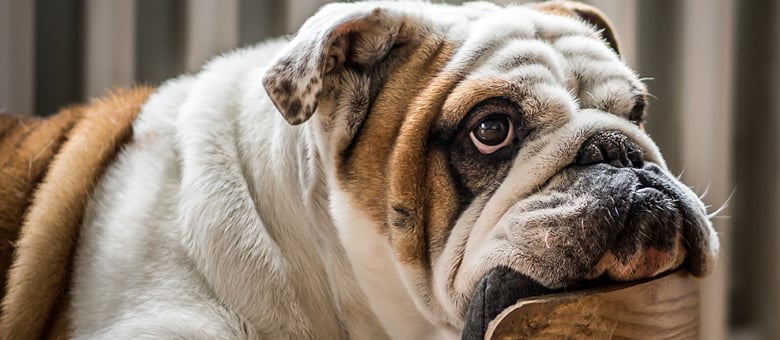
Physical appearance
The perfect bulldog should be of medium size—22 kg (50 lb) for a male and 18 kg (40 lb) for a female—and have a smooth coat. It should have a heavy, thick-set, low-swung body, a massive short-faced head, wide shoulders and sturdy limbs. The general appearance and attitude suggest great stability and vigour, as well as tremendous strength. The bulldog has a short, smooth, fine, soft, glossy coat. The accepted colours are as follows: brindle, rust, fawn, piebald, white, and a combination of one of these colours and white. Any other colour is an indication that the bulldog was crossbred at some point. A bulldog’s head is a typical feature of the breed and should be large. The circumference of the head should be at least equal to the dog’s height at the withers. The head and face should be covered in heavy wrinkles. The jaws are quite massive, very broad and square, with the lower jaw projecting considerably in front of the upper jaw and turning up. The teeth should not be visible when the mouth is closed.
Life expectancy and health
The bulldog is a breed of dog that has greatly evolved over the past century to achieve the appearance that we know today. These changes have led to health issues that can significantly affect the bulldog’s life expectancy, although the average is 8 to 12 years. Health issues affecting bulldogs include breathing, digestion and skin problems, allergies, arthritis, hip dysplasia, heart disease and degenerative disc disease. The breed is also more prone to cancer than the average.
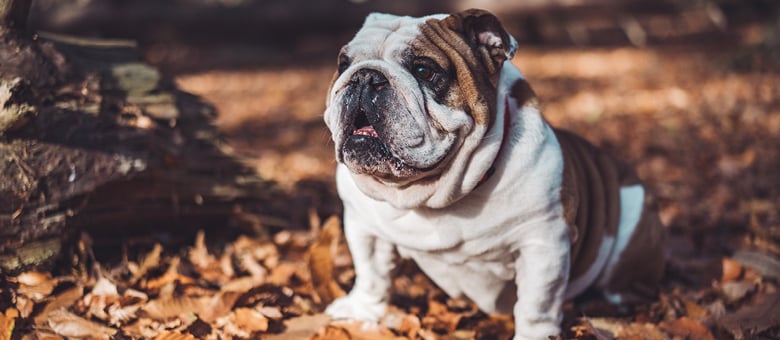
Energy level and temperament
Today’s bulldog is gentle, affectionate, loyal and easy to raise, making it an excellent family pet. Bulldogs are protective by nature but rarely aggressive. They may be stubborn at times but they are sensitive and your mood swings will affect them. Bulldogs are relatively calm, and mildly or moderately active. A walk a day, when it’s not too hot out outside, is enough to make them happy.
Maintenance
In terms of maintenance and grooming, it’s important to keep the skin between the folds, especially the face, clean and dry to avoid dermatitis and resulting infections. A bulldog’s nails should be clipped regularly and its coat brushed weekly to remove dead hair. Bathe only as needed, when the dog develops an unpleasant odour. A bulldog’s eyes may tend to tear because of its brachycephalic morphology, which can reduce the effectiveness of the tear ducts.
For more information, contact a registered breeder at the Canadian Kennel Club, who can answer all your questions. You can also contact the organization for information on breeders and the various breed clubs in Quebec and elsewhere in Canada.
The bulldog is known to be an excellent family pet since it is affectionate, loyal, easy to raise and has a gentle nature. The breed has been around for a long time, and has undergone major changes over time. In fact, the bulldog that we know today is vastly different from its ancestors.
Descended from the mastiff, an ancestor of such breeds as the French bulldog, the English bulldog originated in the British Isles. The breed was facing extinction when blood sports became illegal in Europe in the 1800s.
